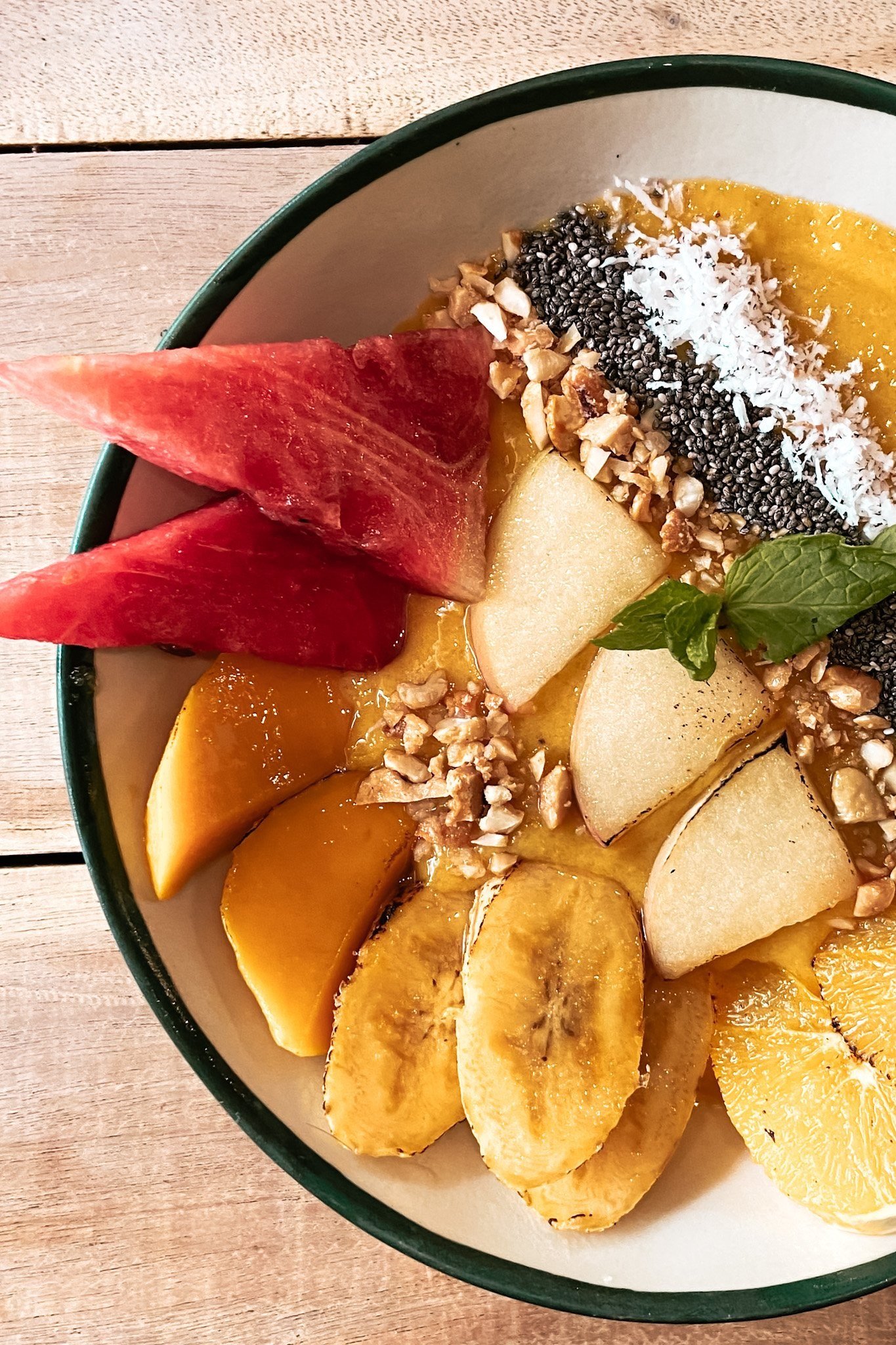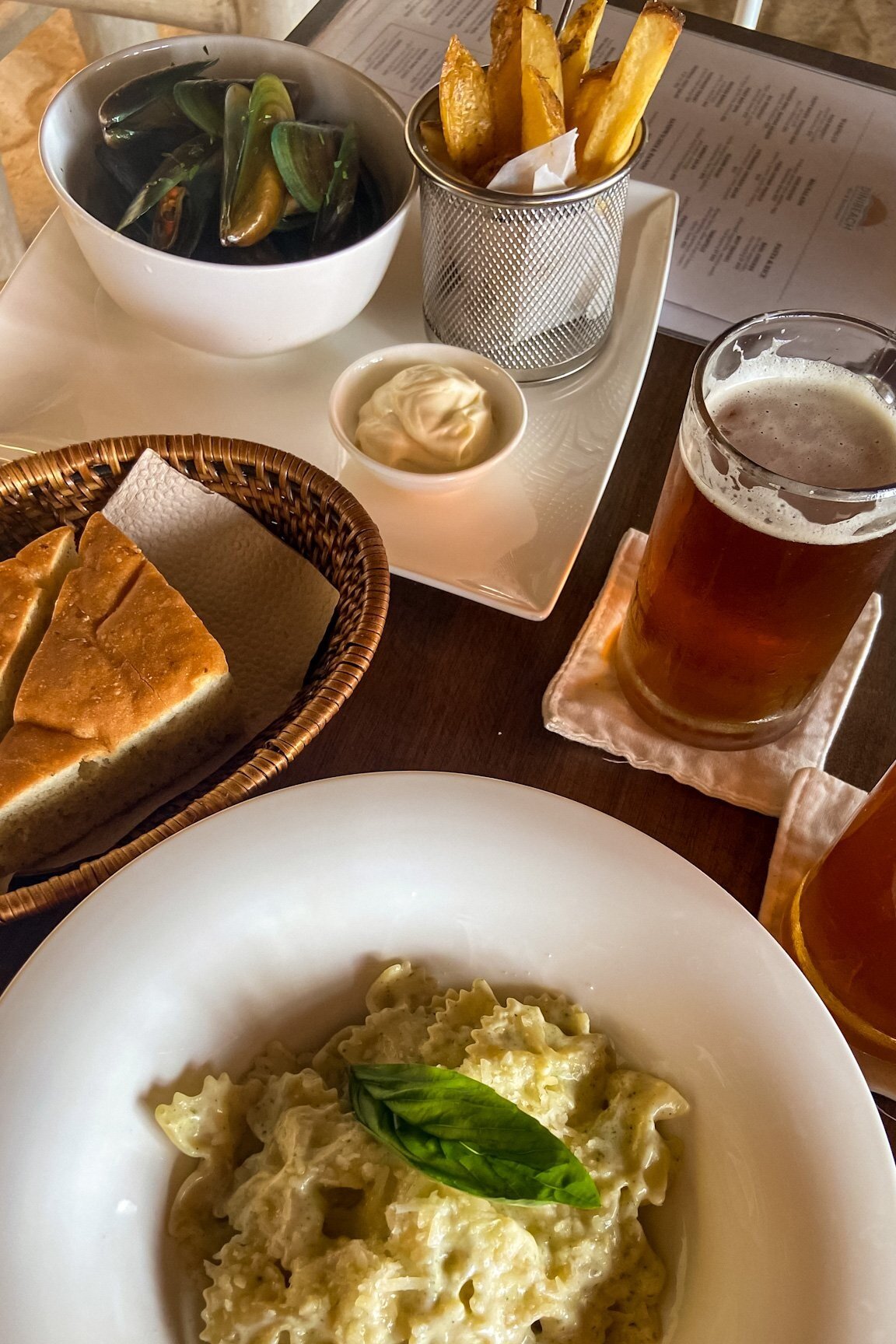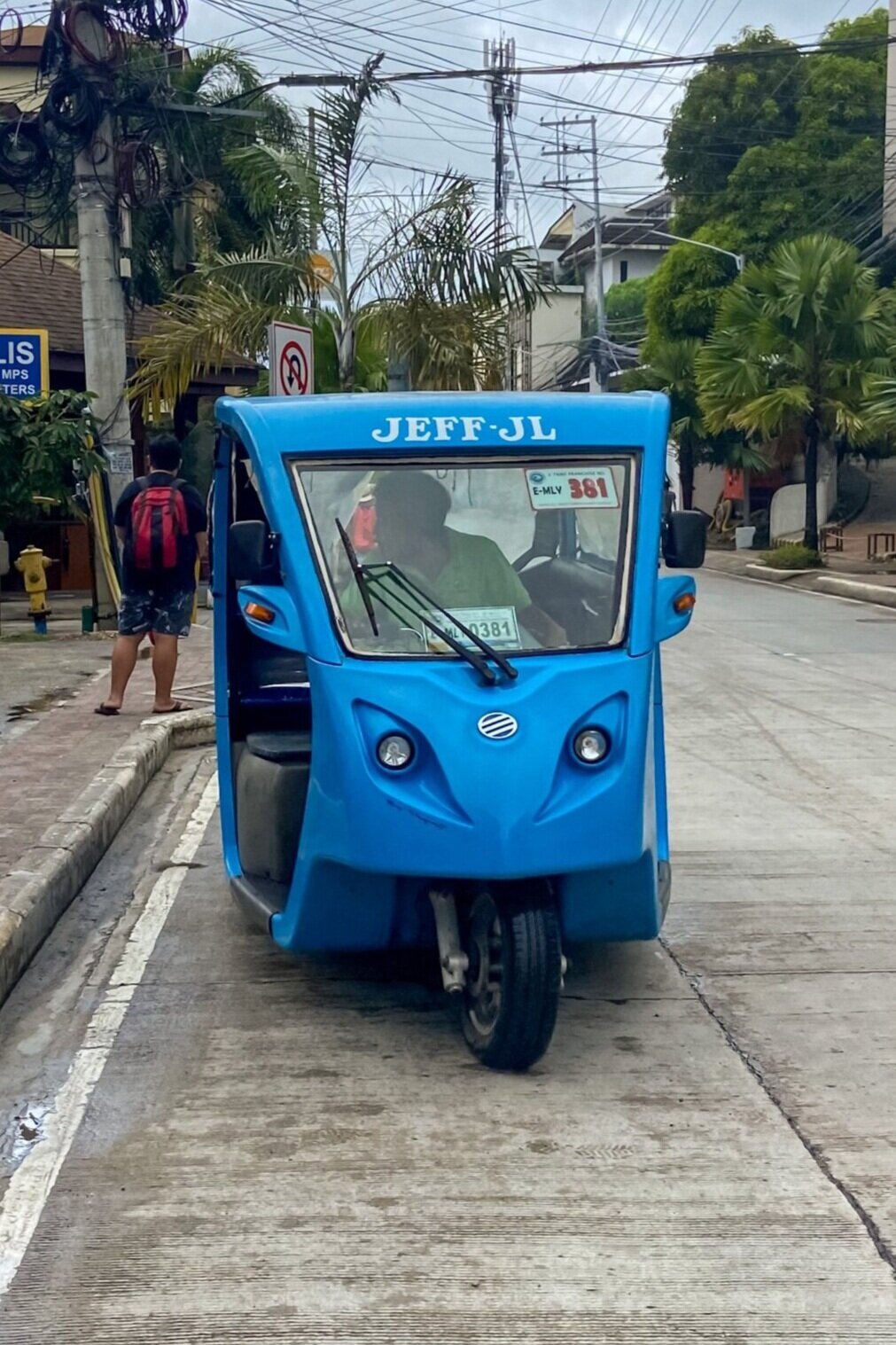The Cost of Being a Digital Nomad in Boracay, Philippines
This post may contain affiliate links, meaning we get a commission if you decide to purchase through our links at no cost to you. This helps fund Slower Travels without costing you a cent!
The Philippines had been off the list for us as digital nomads for a start. We’d heard bad things about the internet connectivity and the cost of living. But we watched a video from Daenger and Stacey which showed that it could be done affordably and that they had brought the standard of internet connectivity up lately.
Kie had previously visited Boracay and absolutely loved the island, so we figured that would be where we started our trip. We did a full month there before extending our visa and heading to Siargao. Unfortunately, we didn’t check the weather forecast well and it rained constantly for the sixteen days we were there. So this post just covers our time in Boracay.
Below is a breakdown of the average monthly living costs for the two of us. Hopefully, this helps if you’re wondering how much it costs to live as a digital nomad. We definitely couldn’t live the lifestyle we did in the Philippines back in New Zealand on this kind of budget. If you’re curious you can also check out our cost of living posts on Phuket, Thailand and Malaysia.
Rent
We decided to approach our stay in Boracay a little differently than our previous stays. First, location wise we knew we didn’t want to be right in White Beach, the main tourist area. We picked Diniwid Beach as it’s the next bay over, meaning we could walk to White Beach whenever we wanted to.
Next, we decided we want to cook. We knew that the food in tourist places has a lot of variety, but it’s pricier than we want to pay. Also, the local food isn’t very vegetarian-friendly or overly healthy (they LOVE fried chicken). So cooking we hoped would bring down our food costs and allow us to have better control over what we were eating.
In our garden with some of our adopted animals
We found a gorgeous studio apartment on Airbnb. The hosts were super accommodating, the wee garden was lovely to look out onto and the location couldn’t have been more perfect. Ten minutes walk down to the beach or ten minutes up to the main road which had supermarket on the corner.
The nightly price on the Airbnb has since gone up, so we were pretty lucky to find this gem when we did.
Personal Spending Money
Before we became digital nomads, we each had a monthly spending budget, so we’ve kept this going. This includes things we bought for ourselves like souvenirs or clothing as well as fancy meals out and alcohol.
We could buy beers from our favourite beach bar, Diniwid Bar and Restaurant for 100 Philippino Pesos ($1.80 USD). You could also get cocktails for 300 Pesos ($5.40 USD) which is how much we paid for a pint of beer in a Western-style pub in Malaysia.
Daily swims at the stunning Diniwid Beach
Groceries and Dining Out
Initially, we didn’t think we could afford to stay in Boracay within our budget. But after finding accommodation that would work, our next biggest expense is always food.
We thought that with cooking, we could avoid the tourist prices and stay on track. And we almost did. But going to the supermarket and local veggie stall made it hard to stay on budget. There are lots of treats on display at both.
Plus, when you consider eating at a restaurant, it’s pretty clear how much it’s going to cost. Cooking is much harder.
I think if we’d stayed longer we could’ve got these costs down as we got to know the place better. And then we did still end up eating out a bit and the prices per dish were more expensive here than in other places we’d been. So all up, we did end up spending more even though we cooked more.
Mango Smoothie Bowl from Nonie’s Restaurant
Dinner at Dini Beach Bar and Restaurant
Travel Medical Insurance
A must-have on any trip, travel medical insurance gives you peace of mind. If something gets stolen or you have an accident, you want to know that you have a travel partner that will be there and look out for you. We use SafetyWing who have always been really helpful and responsive when we’ve needed information. We haven’t ever had to make a claim from them, so I can’t comment on that process.
Transport
One of the big pluses of our stay was that we were within walking distance to the beach and to White Beach. However, the walk to White Beach was quite long, especially when the sun was high in the sky. So we ended up getting the electric tuk-tuks quite a few times.
But we didn’t get a motorbike while we were on Boracay as we just didn’t need one.
The other part of transport is getting to Boracay. It is more challenging than landing somewhere like Bangkok and getting a Grab taxi to your hotel.
We flew to Manila, had a night there (which involved two taxis), flew to Caticlan, tuk-tuk to the ferry, had three different charges to get on the ferry, and then an electric tuk-tuk to our Airbnb.
Of course, we then had to do the reverse of this to leave. We did this all ourselves, but you can easily arrange all this through 12go.com.
Bank Fees, Subscriptions
Withdrawing cash is a must in Boracay. You want to be able to pick up fruit from a market or shop in small, locally owned shops that run on a cash-only basis. Wise is the best option for a good conversion rate and low fees.
We have an Apple+ subscription for storage and TV as well as a Google storage subscription.
Mobile Phone
We got our SIM cards from a stand outside the terminal of Manila’s international airport. These had enough data on them for us to use for the whole month. At $23 for the two of us for the whole month, this was ridiculously good value.
Savings
There were a couple of things we didn’t need to pay for while we were in Boracay. For a start, we can travel there visa-free, so saved money on this for the first 30 days. Also, staying at an Airbnb instead of an apartment meant that all our utilities and cleaning were included in the price.
Boats at Diniwid Beach
Did We Stick To Our Budget?
As always it’s really important to us that we stay within our budget of $2,000 USD per month. Boracay was the first place we went slightly over this. The unpredictability of food costs, when you’re grocery shopping, was what really got us here. Our transport costs also increased having to get to and from the island.
Conclusion
We had a great time staying in Boracay. Overall, we managed to stay just within budget, but it did mean we had to cook a lot of meals, which we’d been enjoying not having to do.
The visa process was also really easy on arrival and to extend. If we hadn’t had such a nightmare with the weather in Siargao, we would’ve stayed in the Philippines for longer.
There were a couple of power cuts while we were there, but we had no issues with internet connectivity, making it great for digital nomads.
Due to the touristic nature of the place, we probably won’t go back, but we’re so glad we visited this gorgeous island while it was still waking up from its Covid-19 tourist slumber.













